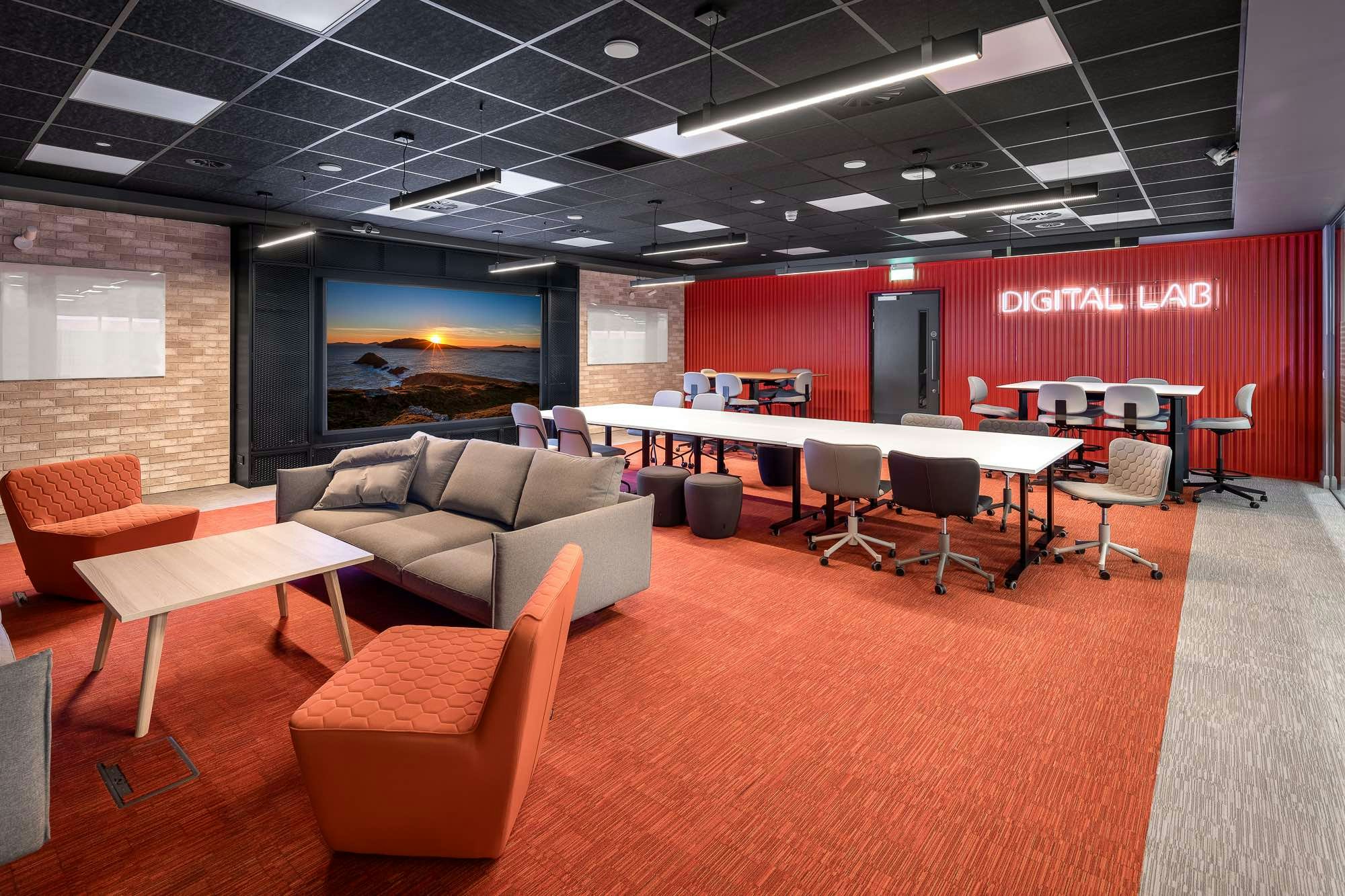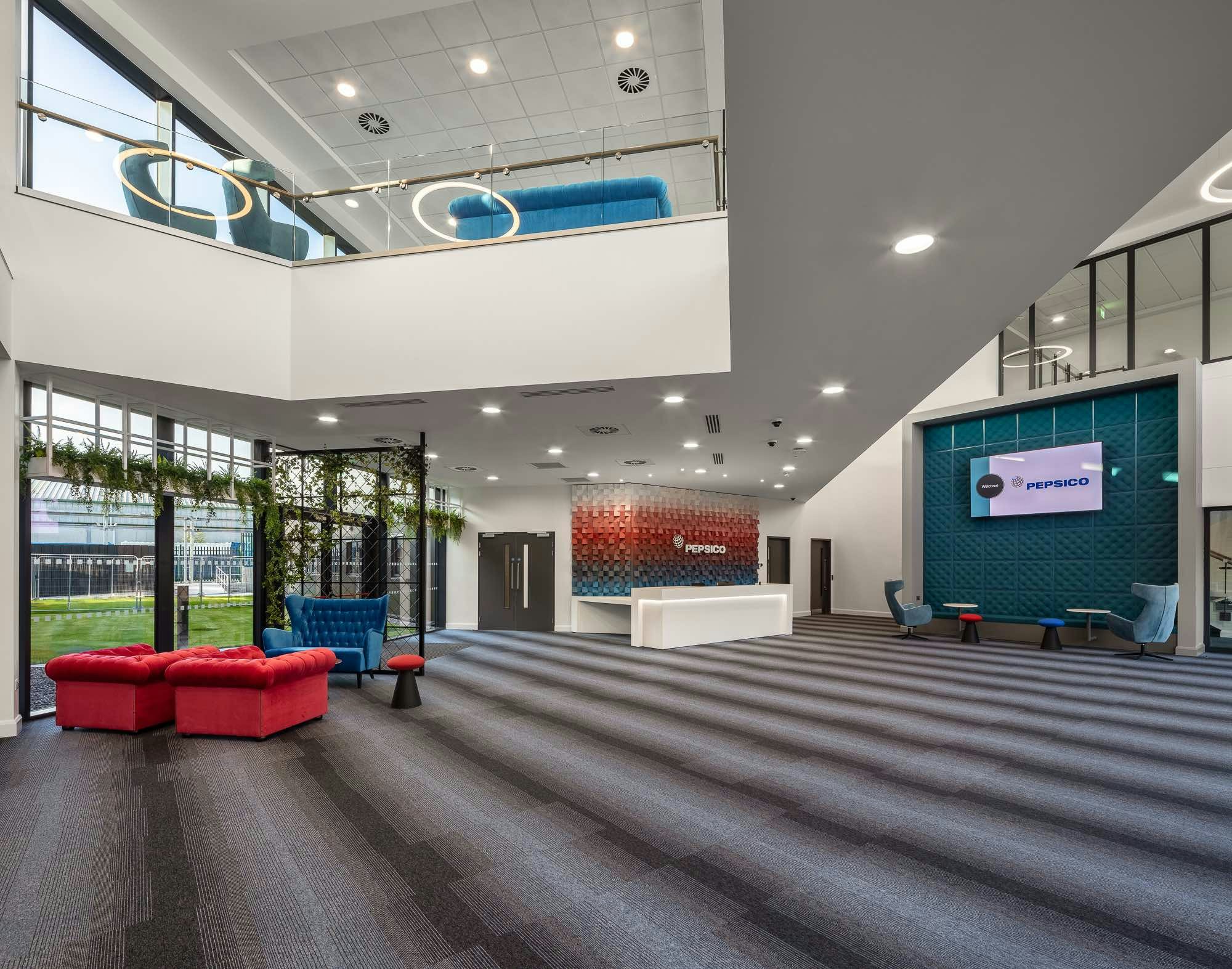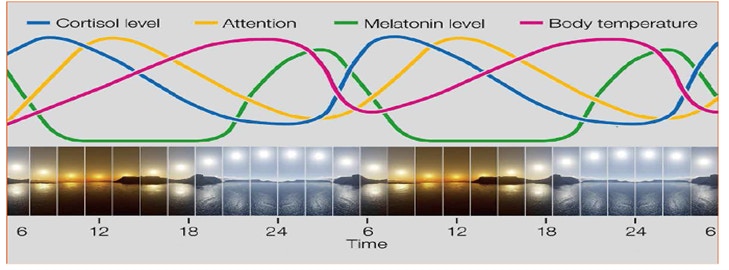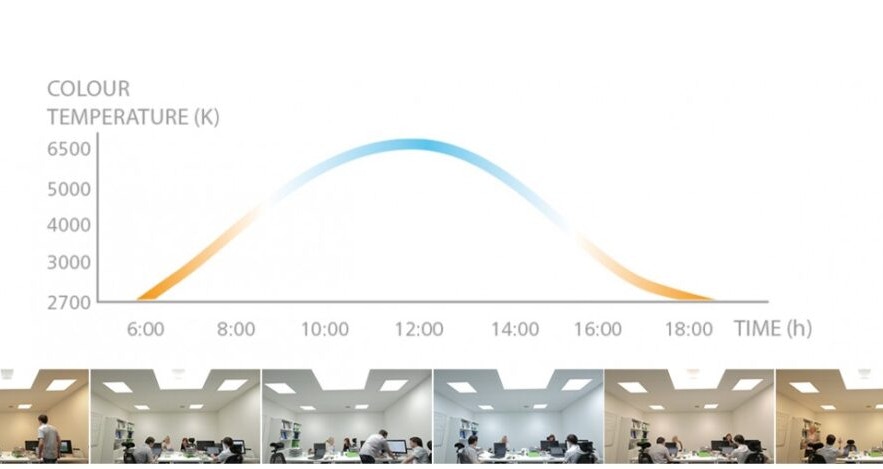



People are now spending more time indoors whether it be for work or leisure than our ancestors before us. Studies have shown that this can have a negative effect on people’s wellbeing and natural circadian rhythm. We have a natural circadian rhythm which is in essence our natural 24-hour wake/sleep cycle (which is closely tied into the sun rising and setting).
Studies have shown that a disrupted circadian rhythm can lead to:

To understand how HCL works a small biology lesson is required. In 2002 the discovery of a third photoreceptor in the human eye essentially gave birth to the idea of HCL. These photoreceptors (known as “Intrinsically Photosensitive Retinal Ganglion Cells (ipRGC’s)) primary function is to signal light for largely subconscious reflexes such as neuroendocrine regulation and synchronizing daily circadian rhythms to the light/dark cycle. The type of light that produces the most effective light is in the “blue” colour region of the visible light spectrum between 400-500nm-which can increase alertness and reactions and decrease sleepiness.
Neuroendocrine Regulation is essentially the regulation (production, suppression, secretion of bodily hormones) and the ones that are particularly of interest concerning HCL (these hormones are directly linked to the circadian rhythm and well-being) are:

As can be seen from the graphic above, Attention spans peak when cortisol is at its highest level and attention spans are at their lowest when melatonin levels are at their peak. Cortisol production is linked to “cool white” light and melatonin production is linked to “warm white” light.
The most beneficial operation of an HCL installation is a cool white light in the mornings and warm white light in the evenings. With a DALI lighting control system, the HCL installation could be configured for various starting times/shifts and offers more flexibility to the installation. The difference between cool white and warm white light can be seen in the graphic below.

In essence, HCL is the art of artificially mimicking the colour temperature of the sun as the day progresses. HCL operates using tunable white luminaires (luminaires that can change their colour temperature as required) combined with a DALI lighting control system. The benefits from HCL can include maximized concentration and energy, improved work performance and productivity, increased motivation & commitment, improved circadian rhythm & quality of sleep as well as increased emotional stability & lowered rates of depression.
Human Centric Lighting is a technology that is growing in popularity worldwide as LED technology becomes more efficient and cheaper. It has applications across various sectors such as offices, educational buildings, healthcare premises and control rooms within data centres and pharmaceutical plants.
It is still very early days for the application of Human Centric Lighting as research is still in its early stages. What still holds is that wherever possible natural light should be utilised and any additional lighting should compliment this.
Various building standards are recognizing the importance of the interaction between the end-user and the built environment. One example is the WELL building standard. This Building Standard includes guidelines on illumination that are aimed to minimise the disruption of the body’s circadian system and enhance productivity and now offers credits for human-centric lighting installations.
Buildings are no longer just “one space” they are now a collection of spaces that are used for different purposes and therefore require a diverse pattern of visual environments. A human-centric daylighting approach to lighting will not only improve the quality of spaces in commercial buildings but can also help reduce the payback of these design features. Already, human-centric lighting system costs are decreasing and coupled with the uplift in worker productivity, the payback time in some cases can be reduced dramatically.